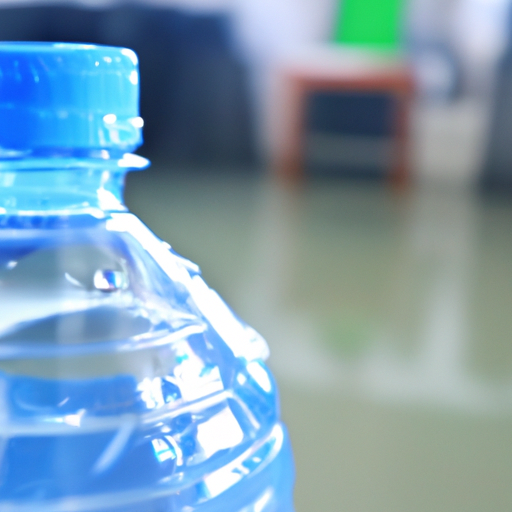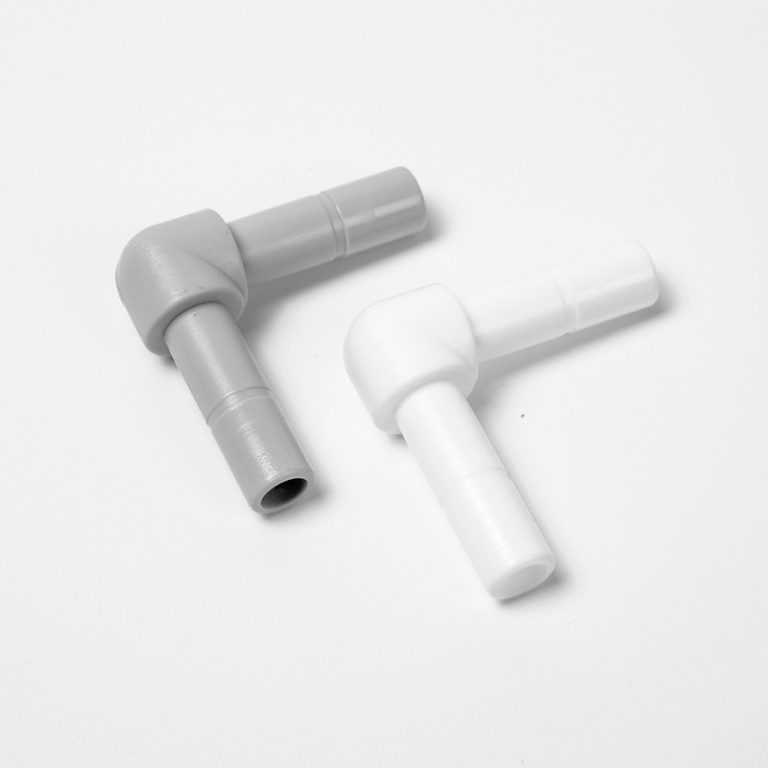“Free Chlorine: Ensuring Safe Drinking Water.”
The Safety of Free Chlorine in Drinking Water

The Safety of Free Chlorine in Drinking Water
Drinking water is a vital resource that we rely on for our daily hydration needs. Ensuring that our water is safe to drink is of utmost importance. One common method used to disinfect drinking water is the addition of free chlorine. However, concerns have been raised about the safety of consuming water treated with free chlorine. In this article, we will explore the safety of free chlorine in drinking water and address any potential risks associated with its use.
Free chlorine is a powerful disinfectant that is widely used in water treatment facilities to kill harmful bacteria, viruses, and other microorganisms that may be present in our water supply. It is highly effective in destroying these pathogens, making our drinking water safe to consume. The use of free chlorine has been instrumental in reducing the incidence of waterborne diseases and improving public health.

While free chlorine is effective in killing harmful microorganisms, there have been concerns about the potential health risks associated with its consumption. One of the main concerns is the formation of disinfection byproducts (DBPs) when free chlorine reacts with organic matter in water. DBPs, such as trihalomethanes (THMs) and haloacetic acids (HAAs), have been linked to an increased risk of certain cancers and other adverse health effects.
To address these concerns, regulatory agencies have set limits on the levels of DBPs allowed in drinking water. Water treatment facilities are required to monitor and control the levels of DBPs to ensure that they are within acceptable limits. By adhering to these regulations, the risk of exposure to harmful levels of DBPs is minimized.
It is important to note that the benefits of using free chlorine as a disinfectant far outweigh the potential risks associated with DBPs. The World Health Organization (WHO) and other reputable health organizations have concluded that the benefits of disinfecting water with free chlorine outweigh the risks of DBP exposure. The risk of waterborne diseases far exceeds the potential risks associated with DBPs.
Furthermore, advancements in water treatment technology have allowed for the development of alternative disinfection methods that minimize the formation of DBPs. For example, some water treatment facilities use chloramines, a combination of chlorine and ammonia, as an alternative to free chlorine. Chloramines are less reactive with organic matter, resulting in lower levels of DBPs. However, it is important to note that chloramines may have their own set of potential risks and require careful monitoring.
| Model No. | CCT-8301A Conductivity Resistivity Online Controller Spec | |||
| Conductivity | Resistivity | TDS | Temp. | |
| Measurement range | 0.1μS/cm~40.0mS/cm | 50KΩ·cm~18.25MΩ·cm | 0.25ppm~20ppt | (0~100)℃ |
| Resolution | 0.01μS/cm | 0.01MΩ·cm | 0.01ppm | 0.1℃ |
| Accuracy | 1.5level | 2.0level | 1.5level | ±0.5℃ |
| Temp.Compensation | Pt1000 | |||
| Working Environment | Temp. (0~50)℃; relative humidity ≤85%RH | |||
| Analog Output | Double channel (4~20)mA,Instrument/Transmitter for selection | |||
| Control Output | Triple channels photo-electronic semiconductor relay ,Load capacity: AC/DC 30V,50mA(max) | |||
| Power Supply | DC 24V±15% | |||
| Consumption | ≤4W | |||
| Protection Level | IP65(with the back cover) | |||
| Installation | Panel mounted | |||
| Dimension | 96mm×96mm×94mm (H×W×D) | |||
| Hole Size | 91mm×91mm(H×W) | |||
In conclusion, free chlorine is a safe and effective method of disinfecting drinking water. While concerns have been raised about the potential health risks associated with the formation of DBPs, regulatory agencies have set limits to ensure that the levels of DBPs in drinking water are within acceptable limits. The benefits of using free chlorine to kill harmful microorganisms and prevent waterborne diseases far outweigh the potential risks associated with DBPs. As advancements in water treatment technology continue to evolve, alternative disinfection methods that minimize the formation of DBPs are being explored. Ultimately, ensuring the safety of our drinking water remains a top priority, and free chlorine plays a crucial role in achieving this goal.






